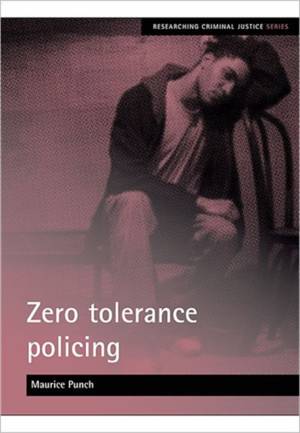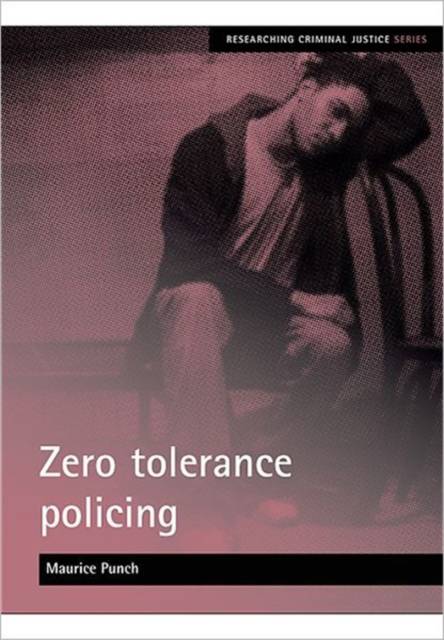
- Afhalen na 1 uur in een winkel met voorraad
- Gratis thuislevering in België vanaf € 30
- Ruim aanbod met 7 miljoen producten
- Afhalen na 1 uur in een winkel met voorraad
- Gratis thuislevering in België vanaf € 30
- Ruim aanbod met 7 miljoen producten
Zoeken
€ 56,45
+ 112 punten
Omschrijving
What is policing about and who defines it? This book examines these key issues by exploring the notion of zero tolerance and its application in different settings. Following its introduction in New York, and the seemingly dramatic reduction in crime, zero tolerance policing was taken up in a number of other countries, including the UK and the Netherlands. This book examines that process. It argues that this policy was, in fact, nothing more than a return to old-style, crime control policing. While it did foster the swift analysis of crime patterns and more assertive policing of public places, it could lean towards repression and demonising of certain groups. Examining the EEE Examining the EEEExamining the negative response of leading police officers and the policy's debatable impact on crime, the author concludes that zero tolerance in the UK and Netherlands was more of a populist political and media creation than a coherent policy. This book is far more than an authoritative analysis of zero tolerance. It is a valuable source for entering the debate about the big picture in policing which many stakeholders now wish to see. The approachable style of this book makes it ideal for students, academics, police practitioners and the lay reader to enter that debate.
Specificaties
Betrokkenen
- Auteur(s):
- Uitgeverij:
Inhoud
- Aantal bladzijden:
- 64
- Taal:
- Engels
- Reeks:
Eigenschappen
- Productcode (EAN):
- 9781847420558
- Verschijningsdatum:
- 28/11/2007
- Uitvoering:
- Paperback
- Formaat:
- Trade paperback (VS)
- Afmetingen:
- 168 mm x 241 mm
- Gewicht:
- 136 g

Alleen bij Standaard Boekhandel
+ 112 punten op je klantenkaart van Standaard Boekhandel
Beoordelingen
We publiceren alleen reviews die voldoen aan de voorwaarden voor reviews. Bekijk onze voorwaarden voor reviews.











